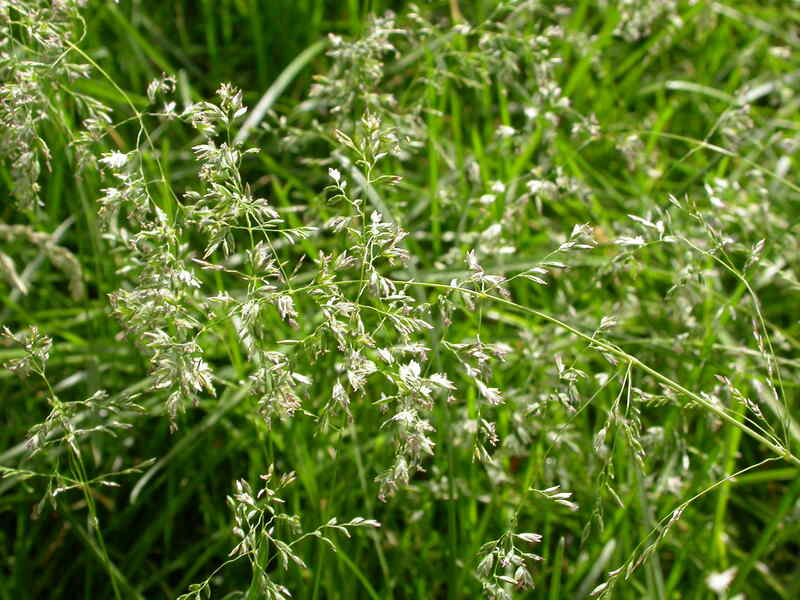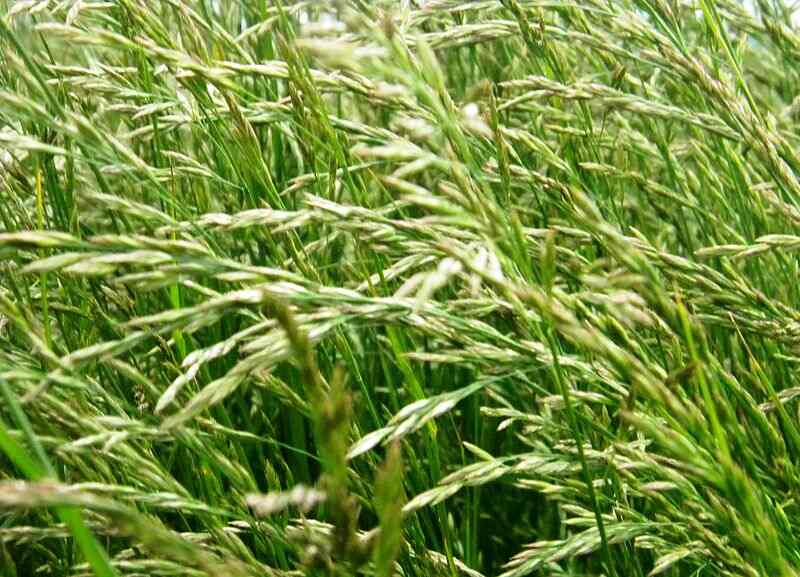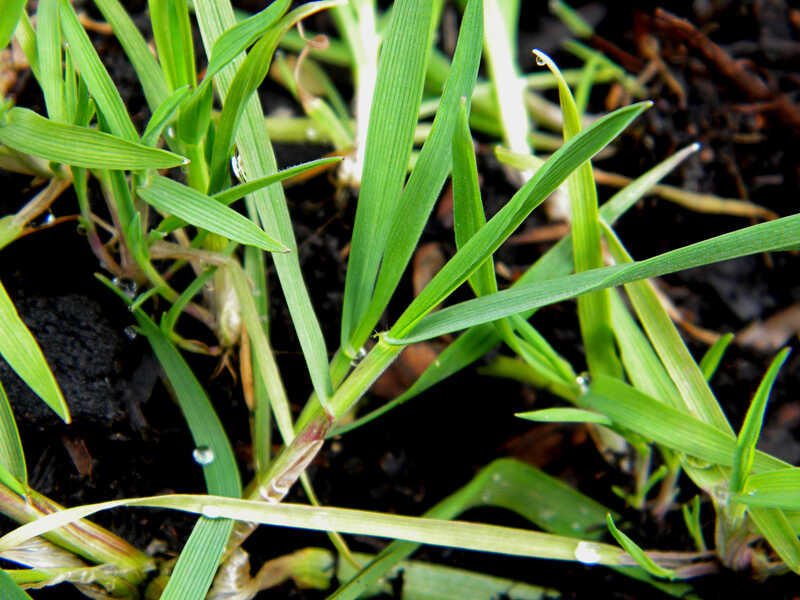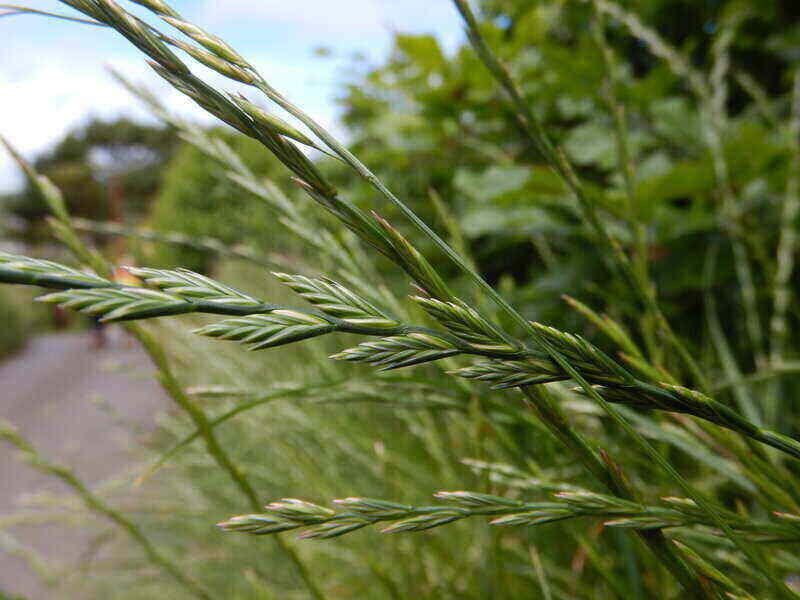4 Best Grasses for Your Rochester, NY, Lawn
BY JUDITH GALLOVA | APRIL 7TH, 2023 | LAWN CARE, NEW YORK, ROCHESTERWith waterfalls around every other corner and over 12,000 acres of natural parks, Rochester is a city that values its green spaces. Shouldn’t your lawn blend in with its lush surroundings? Having a great lawn starts with choosing a grass that’s suitable for the area’s climate.
Here are the 4 best grasses for your Rochester lawn.
In this article:
- 4 Cool-Season Grasses for Rochester
- FAQ About Rochester Grass Types
- Choose the Right Grass and Plants for Your Rochester Landscape
4 Cool-Season Grasses for Rochester
Grass types are divided into two categories: warm-season grasses and cool-season grasses. Here are their differences:
- Warm-season grasses grow most actively in late spring and summer when temperatures are around 75 to 95 degrees Fahrenheit. They perform best in the southern half of the United States.
- Cool-season grasses grow most actively in early spring and fall when temperatures are around 55 to 75 degrees Fahrenheit. They’re well-suited to northern climates with distinct seasons and cold winters.
Rochester’s weather is partly cloudy year-round. While summers are warm, winters can be bitter, with temperatures often dropping below freezing. Therefore, cool-season grasses are the best choice. Cornell University specifically recommends choosing between the following grasses for home lawns.
1. Kentucky Bluegrass

Photo Credit: Matt Lavin / Flickr / CC BY-SA 2.0
Kentucky bluegrass is unique because it forms a thick, dark-green turf with excellent ability to spread and self-repair. It’s common throughout the United States, but especially in Northern areas. It’s slow to establish but then spreads quickly.
This grass handles foot traffic well in the winter months but is susceptible to damage in the heat of summer. It also struggles to handle drought and shade and is susceptible to disease, insect pests, and thatch. For these reasons, Kentucky bluegrass is often mixed with other grass types that mitigate some of these issues.
Classification: Cool-season grass
Spreads by: Rhizomes (underground stems)
Shade tolerance: Tolerates partial shade, but prefers full sun
Drought tolerance: High, but long periods of drought will lead to dormancy
Foot traffic tolerance: High in colder weather, lower in warmer seasons
Maintenance needs: Provide an inch of water weekly; mow every 5-7 days; fertilize 1-3 times a year
Mowing height: 2.5 to 3.5 inches
Potential for disease: Moderate to high; susceptible to diseases such as necrotic ring spots and rusts
2. Turf-Type Tall Fescue

Photo Credit: Bildoj / Wikimedia Commons / CC BY-SA 3.0
Turf-type tall fescue can stay green even through the coldest Rochester months. At the same time, it’s one of the most heat-tolerant cool-season grass types. This grass is happy in either full sun or partial shade and can also withstand other stresses such as foot traffic, weeds, and diseases.
However, most tall fescue varieties don’t reseed themselves, so you’ll need to reseed your grass if it suffers damage. It also grows relatively quickly and needs to be mowed frequently. Tall fescue is often mixed with other grass types to provide a hardier and more versatile lawn.
Classification: Cool-season grass
Spreads by: Bunches, occasionally rhizomes
Shade tolerance: Moderate
Drought tolerance: Very high
Foot traffic tolerance: High
Maintenance needs: Best to mow weekly; requires minimal fertilization; water as needed or your lawn will go dormant
Mowing height: 3 to 4 inches
Potential for disease: Low
3. Fine-Leaf Fescue

Photo Credit: Bildoj / Wikimedia Commons / CC BY-SA 3.0
Fine fescue is a versatile, easy-care blue-green grass that grows in full sun or partial shade. It grows slowly and is often mixed with other grass types to help it grow in infertile, acidic soils. The many varieties of this grass differ in maintenance, density, germination times, and so forth. Fine fescue may go dormant during droughts, but it’s still relatively drought-resistant.
On the downside, this grass is susceptible to some diseases and isn’t the best choice for high-traffic lawns. Be careful not to overfertilize fine fescue because it can create lots of thatch.
Classification: Cool-season grass
Spreads by: Depends on the variant (most variants grow in bunches, but creeping red fescue uses rhizomes)
Shade tolerance: High
Drought tolerance: High
Foot traffic tolerance: Low
Maintenance needs: Mow every 2-3 weeks until growth slows in the summer; fertilize 2-4 times a year; aerate once a year
Mowing height: 2.5 to 4 inches; the grass is slow-growing, so taller heights may be preferable
Potential for disease: Moderate
4. Perennial Ryegrass

Photo Credit: Matt Levin / Flickr / CC BY-SA 2.0
Perennial ryegrass stands out for its quick germination and establishment. It turns bright green as soon as the snow melts, tolerates cold, and resists wear once established. It doesn’t produce as much thatch as other cool-season grasses.
However, perennial ryegrass can’t self-repair. Moreover, it’s susceptible to fungal diseases and can wilt from excessive heat and drought. It also doesn’t like shade as much as some other grasses do. Because perennial ryegrass grows fast, it’s important to mow it frequently.
Classification: Cool-season grass
Spreads by: Bunches
Shade tolerance: Moderate
Drought tolerance: Low to moderate
Foot traffic tolerance: High
Maintenance needs: Mow and water frequently; fertilize every 4-6 weeks
Mowing height: 2.5 to 3.5 inches, depending on species, weather, and intended use; you can cut even shorter, but very short heights need a reel mower
Potential for disease: High, including brown patch, red thread, and rust
FAQ About Rochester Grass Types
Kentucky bluegrass tolerate foot traffic during cooler months and can self-repair easily. Alternatively, tall fescue and perennial ryegrass handle foot traffic well, too, but won’t self-repair (except for some tall fescue varieties).
Fine fescue has excellent shade tolerance. It’s often mixed with tall fescue to help it grow in shady areas.
Turf-type tall fescue and fine fescue are two easy-care options; choose the one that’s more suitable for you, or get a mix.
If you have pets, planting Kentucky bluegrass can be a good option. It’s resistant during cooler months and can self-repair if damaged. Plus, it has a soft texture.
Choose the Right Grass and Plants for Your Rochester Landscape
Now that you know the different types of grass that can thrive in your Rochester lawn, you can narrow down your options to the ones that are most suitable for your needs and preferences. Make sure that you evaluate factors such as foot traffic, maintenance, shade tolerance, and how pet-friendly the grass is before you make a decision.
If you’re looking to make your yard pop, consider adding some plants that are native to the Rochester area. Native plants are not only beautiful but are also used to the weather and soil in your area, which makes them easier to care for and more likely to thrive in your yard. On top of that, they’re better for the environment.
Getting the right grass type and plants is just the first step. Make sure you have all your maintenance tasks down, including fall and spring lawn care jobs. Or, you can get in touch with a Rochester lawn care pro who will help you create a lush, green lawn.
Main Image Credit: Rochester NY / Andreas F. Borchert / Wikimedia Commons / CC BY-SA 3.0 DE